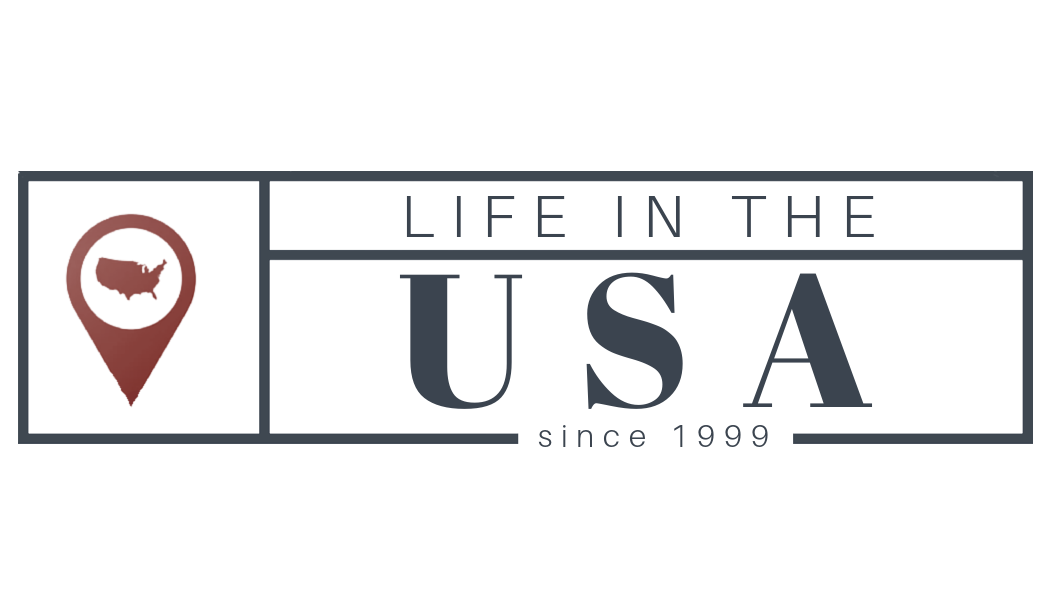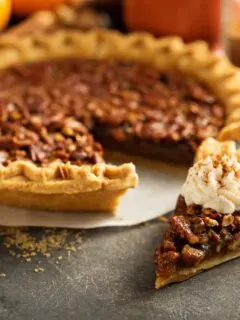Whether you are considering a tranquil retreat or simply looking for a change of scenery, small towns in America promise unforgettable experiences and a chance to embrace a simpler, more meaningful way of life. Discover the best American small towns here!
From the deep-rooted regional dishes of the South and Northeast to the modern fusion creations found across the nation, American cuisine offers a rich tapestry of tastes that appeal to a wide array of palates. Whether you’re a fan of classic comfort food or looking to explore the diverse flavors of the nation, there’s always …











